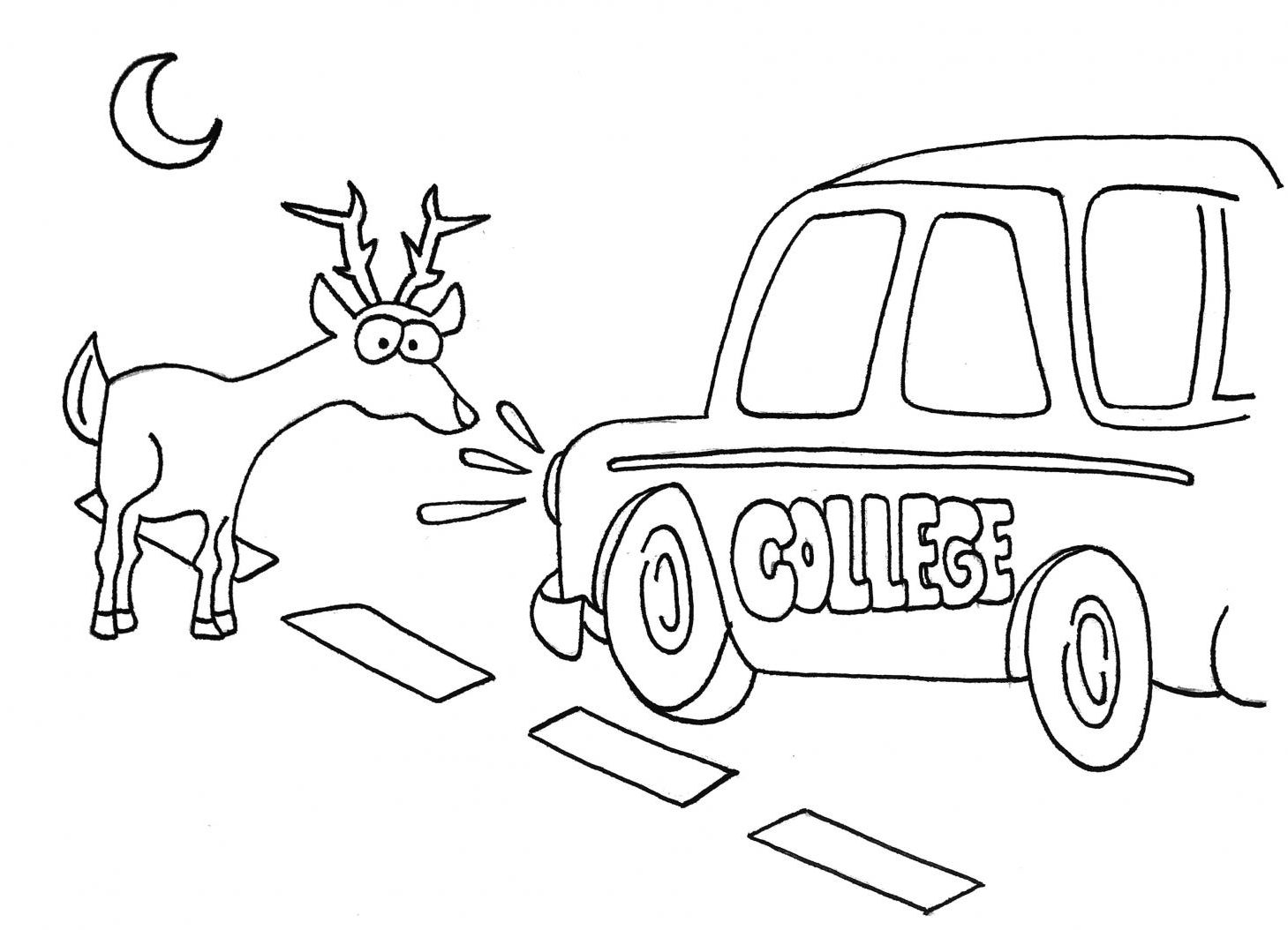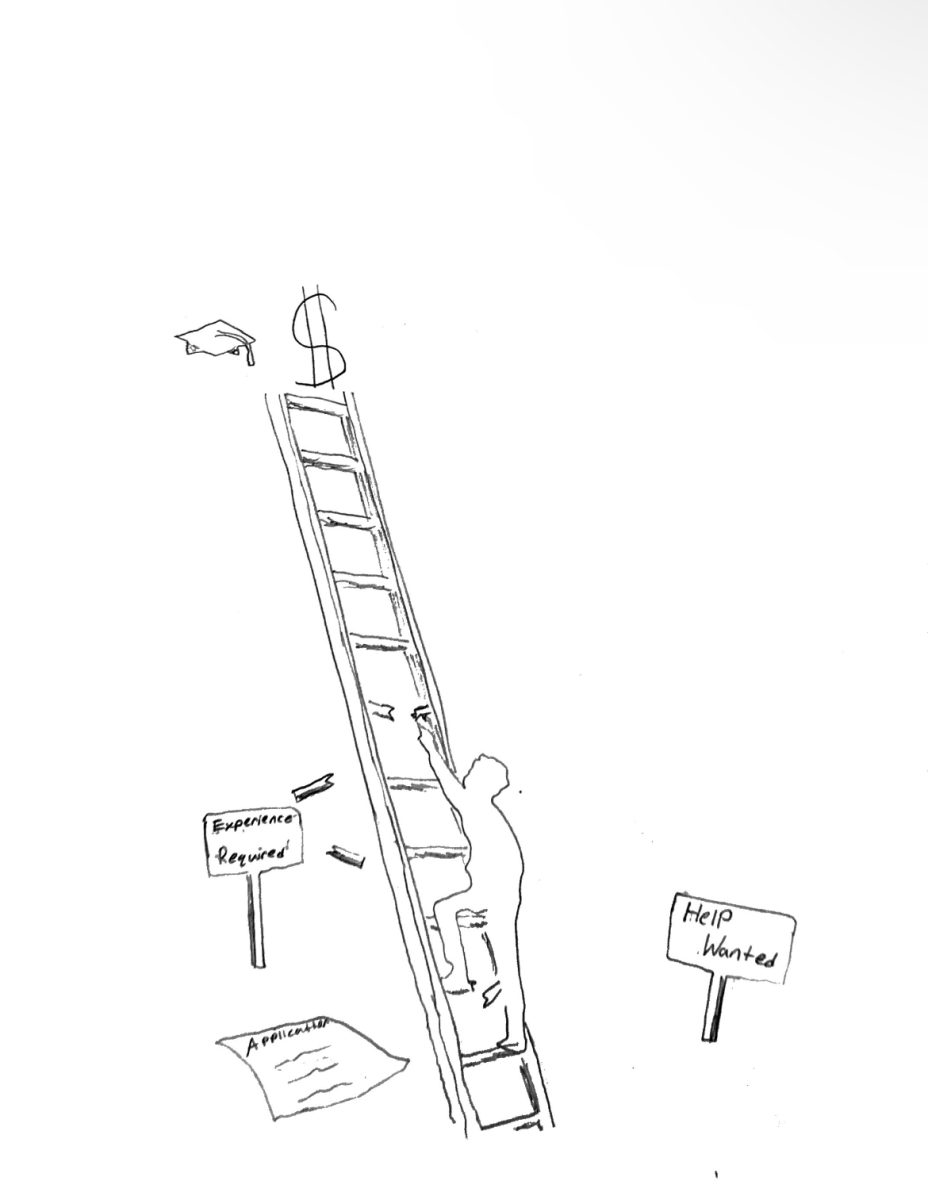 Remember kindergarten? Every kid that didn’t throw a wailing tantrum or noticeably pee their pants that day got a gold star. And sure, this simple reward system made sense back then. Baby steps, right?
Remember kindergarten? Every kid that didn’t throw a wailing tantrum or noticeably pee their pants that day got a gold star. And sure, this simple reward system made sense back then. Baby steps, right?
But in America today, middle and high school students face another flawed system, not unlike what they experienced in kindergarten. Students never learn to fail academically; rather, they are never taught to. That failure is kicked further down the road, and it is only once college hits that reality sets in.
Despite record-low college acceptance rates and higher undergraduate enrollment than ever before, more than a third of American college students drop out before earning their degree, according to the New York Times.
But who is to blame for such an epidemic? Have students just stopped trying? Has college become too hard?
No. The students are not to blame. And despite the many flaws of the college system, it too is not at fault.
K-12 schools, along with government policymakers, are largely to blame for our country’s college dropout crisis. Schools often produce ill-prepared students whose fate is cemented before they even enter college, and the federal government has turned a blind eye to rising college dropout rates. As a result of misguided efforts to inspire learning, students rarely face the consequences for their own academic mistakes.
Many school districts have begun adopting a “no zero policy” intended to help students succeed, but administrators don’t realize it’s doing the opposite. In Fairfax County, Virginia, which is home to one of the nation’s largest public school systems, middle and high school students can’t receive a score lower than a 50 percent on any assignment or test. The only requirement is that students make a “reasonable attempt” to complete their work.
This policy is highly problematic. It doesn’t prepare students for college, and it gives them a dangerously false sense of confidence in their academic abilities. Students are taught to do the bare minimum in school, which naturally translates to their attitude and work ethic later in life.
It’s instances like these, where students are rescued from the consequences of their own mistakes, that contribute to our nation’s rapidly increasing number of college dropouts.
As a result, many new college students find themselves struggling to cope with their challenging academics and increased workload. More than 85 percent of college students described feeling “overwhelmed” in the past year, according to a 2018 survey by the American College Health Association.
Facing academic failure for the first time can be a stressor for students. This is why it’s crucial that students be allowed to make mistakes early on in their schooling in order to gain resilience.
Government policymakers also shoulder a large portion of the blame. According to Chad Aldeman of Bellwether Education Partners, in 2005, the number of K-12 dropouts exceeded the number of college dropouts. But in response to government policy like the 2015 Every Student Succeeds Act, the two have been moving in opposite directions ever since.
Today, only 16 percent of high school students fail to graduate on time. Compare this to the fact that more than 70 percent of Americans will study at a four-year college, but less than two-thirds will graduate with a degree.
High schools in which more than a third of students do not graduate on time are labeled to receive special attention by federal standards. Colleges are not. If colleges were held to that measure, 74 percent of private colleges and 83 percent of public colleges would fail.
Moreover, college students are not protected from dropouts the same way high school students are. A low graduation rate has no impact on a college’s endowment, whether they’re private or public. Furthermore, low graduation rates are not highly publicized and college administrators face no consequences from the government.
Some may argue that the college dropout rate is due to rising tuition costs. According to LendEDU, an online financial advising service, the average college dropout leaves campus with nearly $14,000 in student loan debt. However, as costs remain steadily on the rise, a more avoidable, more easily solved way to prevent dropouts is to adequately prepare students for the academic challenges of college.
A college degree has a huge return value, not only in terms of money and job opportunities, but also physical and mental health. According to the Huffington Post, college graduates report having “good” or “very good” health 44 percent more than their non-graduate peers do. College graduates also have a life expectancy of seven years longer than those who hold a high school diploma or less, proving college has the ability to impact a person physically as well as emotionally.
Dropping out of college can also stifle upward mobility. According to Catherine Suitor, a Los Angeles high school administrator, “A bachelor’s degree is the single most influential determinant in multigenerational change and ending the cycle of poverty.” Attending college can dramatically improve a person’s wellbeing, offering an opportunity to escape the economic status they were born into.
A college degree can open doors to socioeconomic mobility and other opportunities, but policymakers and K-12 schools are bolting these doors shut. Without laws to protect students or years of proper educational development, thousands of Americans enter college every year severely unprepared.







